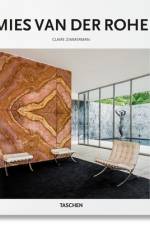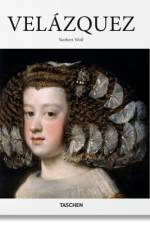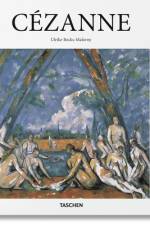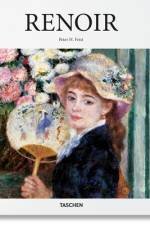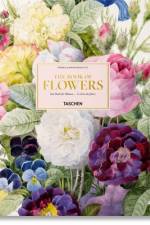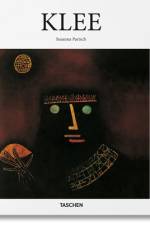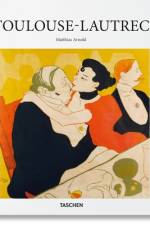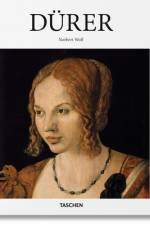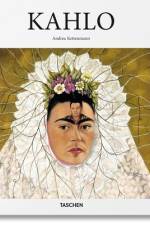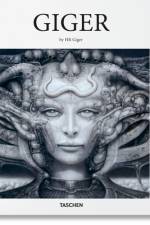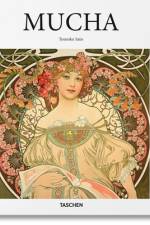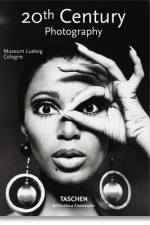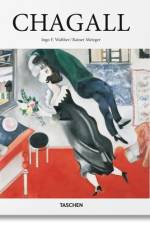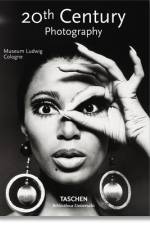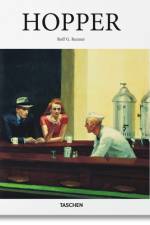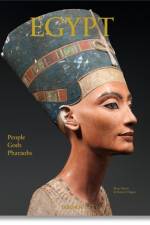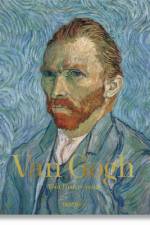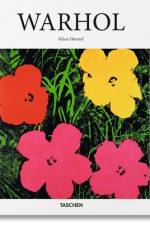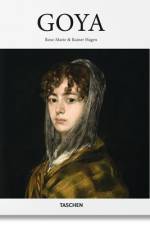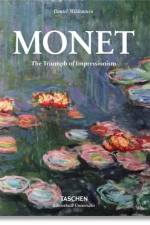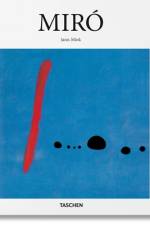av Janis Mink
241
With a career spanning seven decades, Catalan-born Joan Miró (1893-1983) was a polymath giant of modern art, producing masterworks across painting, sculpture, art books, tapestry, and ceramics, and embracing ideologies as varied as Fauvism, Surrealism, Dada, Magic Realism, Cubism, and abstraction. Over the course of his prodigious output, Miró evolved constantly, seeking to eschew categorization and the approval of "bourgeois" art critics as much as he pursued his own dreamlike worlds. Emerging into the public spotlight in the early 1920s, he first experimented with Fauvism and Cubism before developing a distinctive style of symbols and pictograms, arranged in elusive visual narratives, with frequent reference to Catalan life. As his career progressed, Miró moved towards Surrealism, and, despite never fully identifying with the movement, emerged as one of its most celebrated practitioners with techniques including automated drawing, Lyrical Abstraction, and Color Field painting. In later years, he diversified his media further, working with ceramics, textiles, and even proposing sculptures made of gas. Through his vivid colors, dreamlike fantasies, and enigmatic symbols, this book brings together the numerous strands of Miró's kaleidoscopic oeuvre to introduce his fascinating career, its interaction with major modernist movements, and how it made him into a modernist legend.

